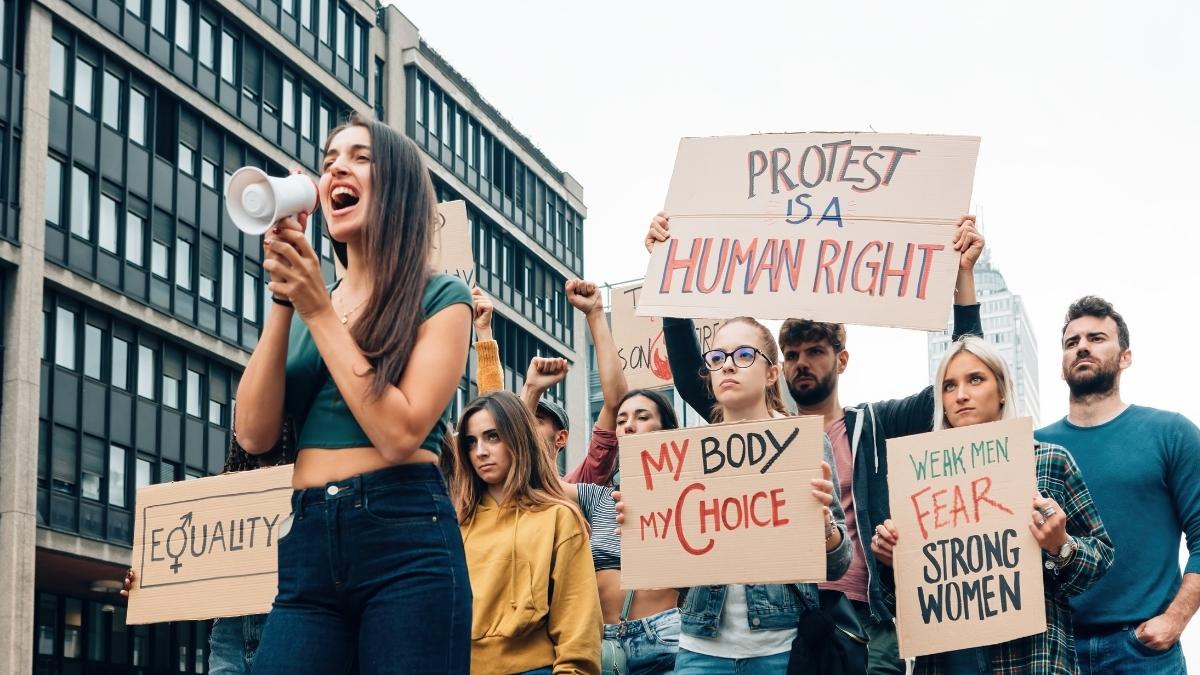Explainer: What is the legal status of abortion in America and globally?

Abortion is likely to be outlawed or subjected to rigorous regulations in large parts of America, perhaps requiring patients to travel hundreds of kilometres for self-managed procedures
The Roe v. Wade decision, a seminal court decision from 1973 that legalised abortion in the US, was overturned by the US Supreme Court on Friday. Consequently, the Court struck down the constitutional right to an abortion.
Republicans praised the court decision while President Joe Biden termed it a ‘tragic error’.
However, the ruling by the Supreme Court indicates that several US states, particularly those with Republican governors in the South and Midwest, may pass their own laws that ban or restrict abortion.
Abortions in the US reducing gradually
According to the Centers for Disease Control and Prevention (CDC) and policy institute Guttmacher, the yearly number of abortions in the US increased for several years until peaking in the late 1980s and early 1990s after Roe v. Wade authorised the practice in 1973. Since then, it has usually reduced at a gradual but consistent pace, according to CDC research.
Higher than 1.5 million abortions were documented in the US by Guttmacher in 1991, which is almost two-thirds more than the 930,160 it reported for 2020.
This long-term pattern of decrease has occasionally been interrupted, most recently in the middle of the first decade of the 2000s and again in the late 2010s.
Comparatively more surgical procedures used
The CDC categorises abortions generally into two groups: medication abortions and surgical abortions.
According to the CDC, in 2019, 44% of medical abortions—abortions performed using pills—were permitted in clinical settings, whereas 56% involved some sort of surgery.
Abortion pills have been used more often as a percentage of all abortions since the Food and Drug Administration first authorised them in 2000.
Abortion likely to be outlawed in 26 US states
Nonetheless, abortion is anticipated to be outlawed immediately or as soon as is practical in at least 26 US states. The procedure could well be subjected to rigorous regulations in large parts of the south and midwest America, perhaps requiring patients to travel hundreds of kilometres for self-managed abortions.
Even though abortion in the US is subject to individual state regulations, the abortion laws in each state are likely to be amended soon.
Pertinently, the Supreme Court heard the first abortion case in 1973 after Roe v. Wade legalised the procedure on a national level. It was overturned this year (in 2022), and abortions are once again subject to restrictions depending on state legislation.
Abortion outlawed in 24 countries, legal in India
Abortion-related laws vary widely throughout the world. In 24 nations as of 2021, abortion is prohibited under all circumstances, according to the Center for Reproductive Rights, a worldwide legal advocacy group.
These include Andorra, Poland and Malta in Europe; El Salvador and Honduras in Central America; Senegal in Africa; as well as the Philippines and Laos in Asia. 90 million (5%) of all women of reproductive age reside in nations that outlaw abortion completely.
In the case of India, abortion has been permitted in a variety of situations due to the implementation of the Medical Termination of Pregnancy (MTP) Act in 1971.
The MTP Act permits abortions up to 20 weeks into a pregnancy. This restriction, however, does not apply if an instant abortion is required to save a woman’s life.
https://www.digpu.com/world-news/explainer-what-is-the-legal-status-of-abortion-in-america-and-globally
Comments
Post a Comment